2025 is the 80th anniversary of the end of World War II, the most calamitous conflict in history. The victory over Nazism in Europe is universally fêted, but the triumph over Japanese militarism receives far less celebration. The atomic bombing of Japan, which forced unconditional surrender, has long been criticized by revisionist historians as unjust, unnecessary and morally depraved; that narrative has been absorbed as the truth of the matter.
Decades of liberal education have shifted opinions massively, with only 35 percent of Americans believing the bombings were justified as compared to 85 percent in 1945. Those younger than 50 oppose the bombings by significant margins. The revisionist case is promoted on every anniversary, but this year has seen even more, mostly from left-wing politicians and outlets.
Three of their oft-repeated claims deserve debunking. Contra the revisionists, Japan was nowhere near surrender, the plausible alternatives would have killed far more than the 200,000 who died in the atomic bombings and Hiroshima and Nagasaki were military targets.
In August 1945, the Japanese Empire had lost much of the territory it had conquered and faced direct assault on the homeland. Its commerce was devastated, its navy defeated and its cities under constant air raid. Enormous swathes of territory had been obliterated from the air, including more than half of Tokyo, which saw 100,000 civilians killed in a single night. America was closing the noose and would only be able to bring more firepower to bear. But Japan was not cowed; indeed, it repeatedly repudiated Allied proposals for capitulation on better terms than Germany received. Even after the atomic bombings, on August 6 in Hiroshima and August 9 in Nagasaki, the War Cabinet refused to accept unconditional surrender, with military leaders seeking control of war crimes trials, self-disarmament and no Allied occupation. When the Emperor reluctantly accepted surrender – something he was against until Hiroshima – thousands of soldiers attempted a coup d’état. Surrender was by no means guaranteed before the atomic bombings, and it was barely executed afterwards.
What of the other options? Could we merely demonstrate the bomb? Given that the Japanese refused to surrender after Hiroshima was actually destroyed, this is a farcical hypothetical.
The two serious alternative options – blockade/bombardment and invasion – would have killed far more civilians. Japan was on the verge of mass famine when the war ended; a tightened blockade combined with strategic bombing would have led to millions of starvation deaths, on top of those killed by bombing.
Invasion was just as bad. Japanese troops routinely fought to the death, with most battles leading to fatality rates of 95 percent or higher and immense civilian death. Taking Okinawa alone accounted for 17 percent of the total casualties the US Navy and Marines took over the entire war. The Home Islands would have been worse. American casualty estimates easily reached the hundreds of thousands and could have eclipsed one million. The Japanese toll would have been an order of magnitude higher. Japan’s war machine was killing 250,000 civilians a month; shortening the war saved far more lives than it took.
Revisionists falsely claim that the cities destroyed were purely civilian targets with minimal military value. Hiroshima was the most important military city left standing, hosting Army headquarters, materiel depots, war manufacturing and was a primary embarkation point for the invasion defense. It also had the highest proportion of combatants (43,000) to noncombatants (280,000) of any major Japanese city. Nagasaki contained the largest naval shipyard in Japan, hosted military barracks and would have been a defensive redoubt from which to defend against invasion.
Civilian deaths are obviously awful, but the reality of modern warfare is entirely different than that of World War II. There was no precision bombing. Total war made all military production – often co-located with Japanese civilians – a target. And given Japan’s suicidal defense strategy, there was little distinction between civilian and combatant. Japan started a total war. America finished it.
This particular revisionist narrative, like that of the 1619 Project, is ahistorical, shorn of critical context, and blatantly partisan. Worst of all, the revisionists commit the cardinal sin of history: presentism. Good history involves taking the past on its own terms, not applying current rubrics to historical events. The revisionists do this in spades, and all in service of a political project – in this case, undermining the moral claims of the West against our enemies. History definitively shows that this narrative is based on a foundation of falsehood. The decision to drop the atomic bombs was the correct one. It saved far more lives than it took. America was the moral actor then and it remains so now, revisionists be damned.
Beware the Nagasaki and Hiroshima revisionism
Japan started a total war. America finished it
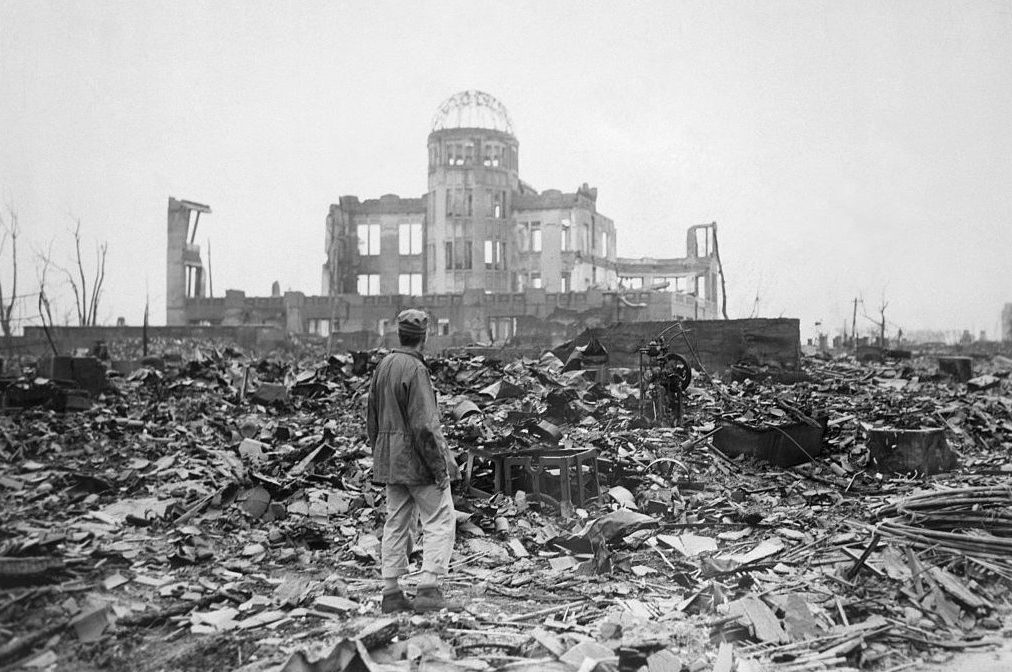
The wrecked framework of the Museum of Science and Industry as it appeared shortly after the Hiroshima blast (Getty)
2025 is the 80th anniversary of the end of World War II, the most calamitous conflict in history. The victory over Nazism in Europe is universally fêted, but the triumph over Japanese militarism receives far less celebration. The atomic bombing of Japan, which forced unconditional surrender, has long been criticized by revisionist historians as unjust, unnecessary and morally depraved; that narrative has been absorbed as the truth of the matter. Decades of liberal education have shifted opinions massively, with only 35 percent of Americans believing the bombings were justified as compared to 85 percent in…









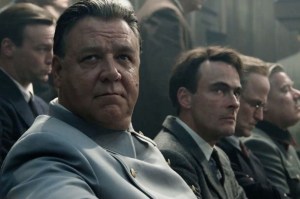
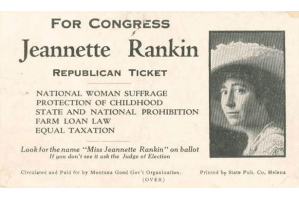
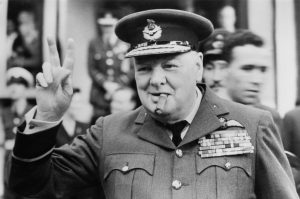

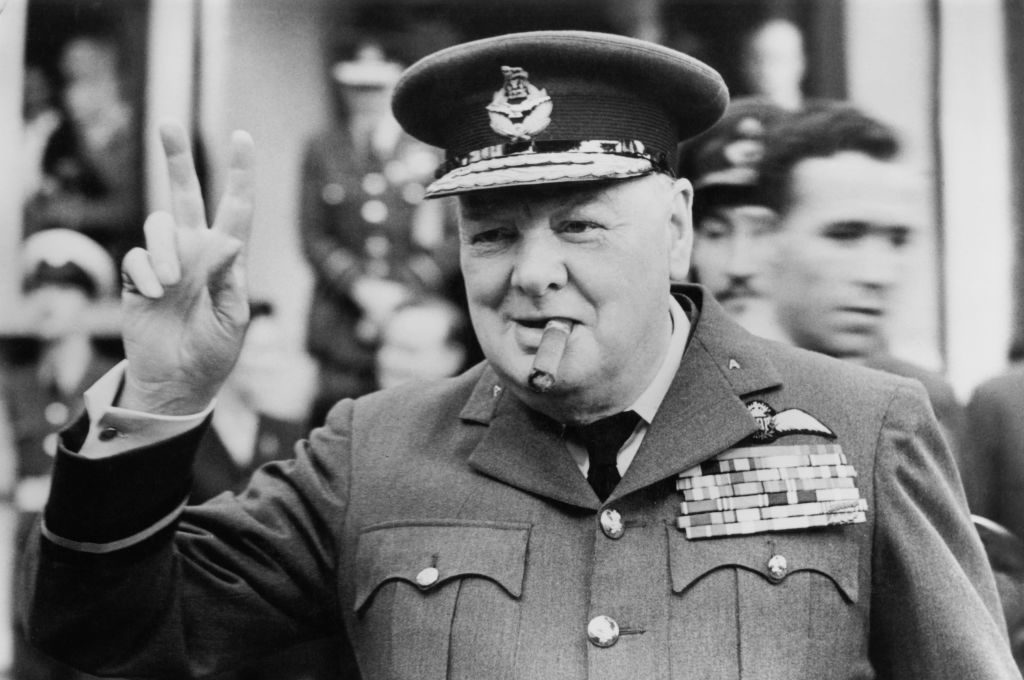

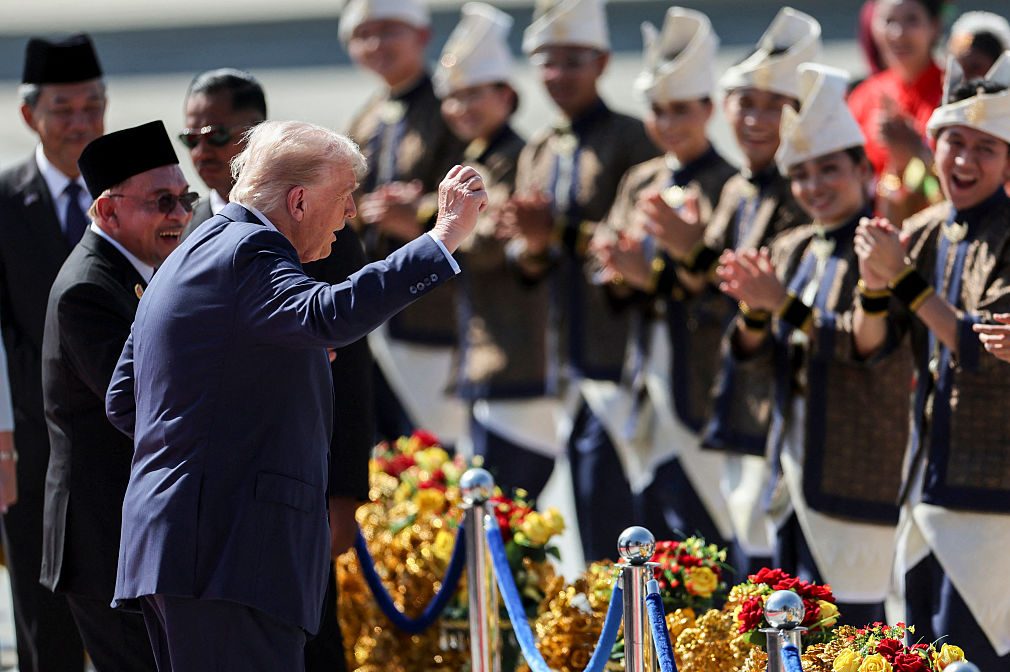

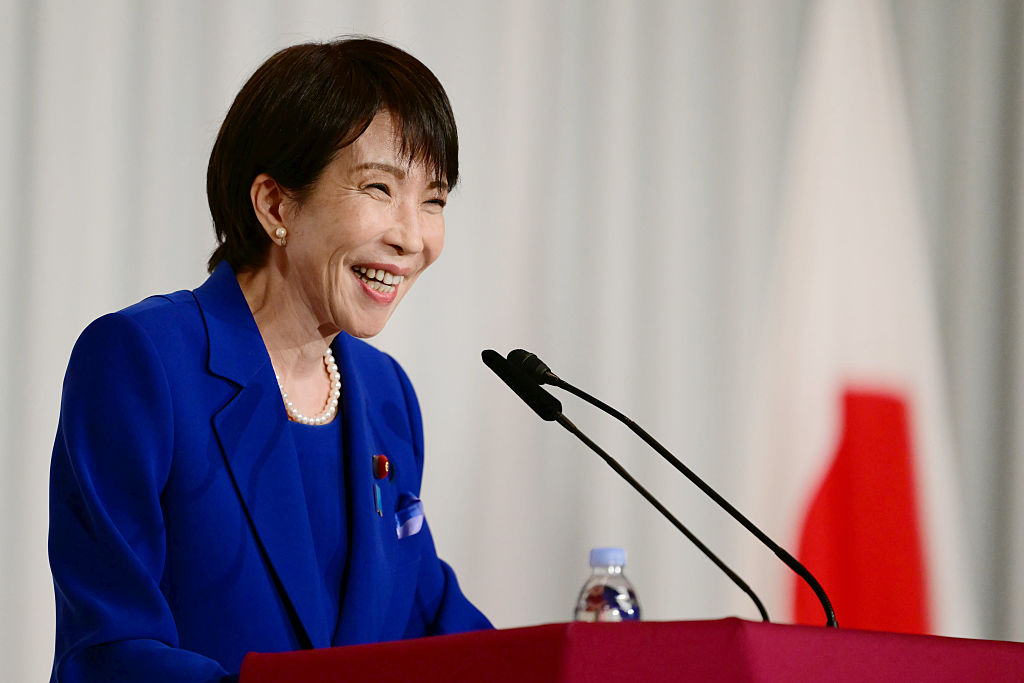

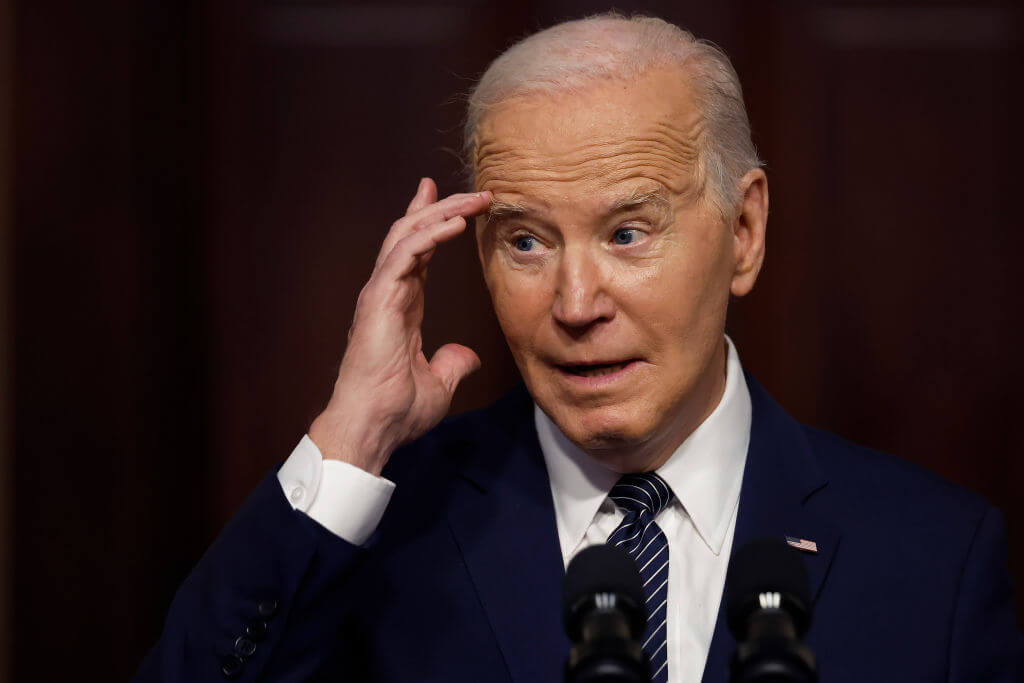



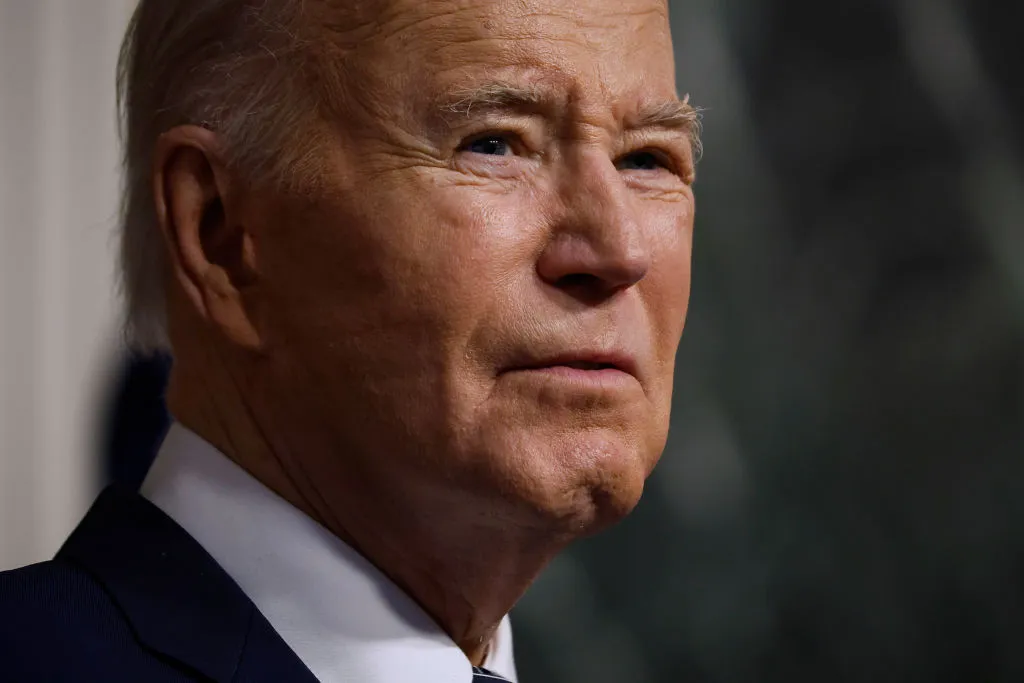

Leave a Reply